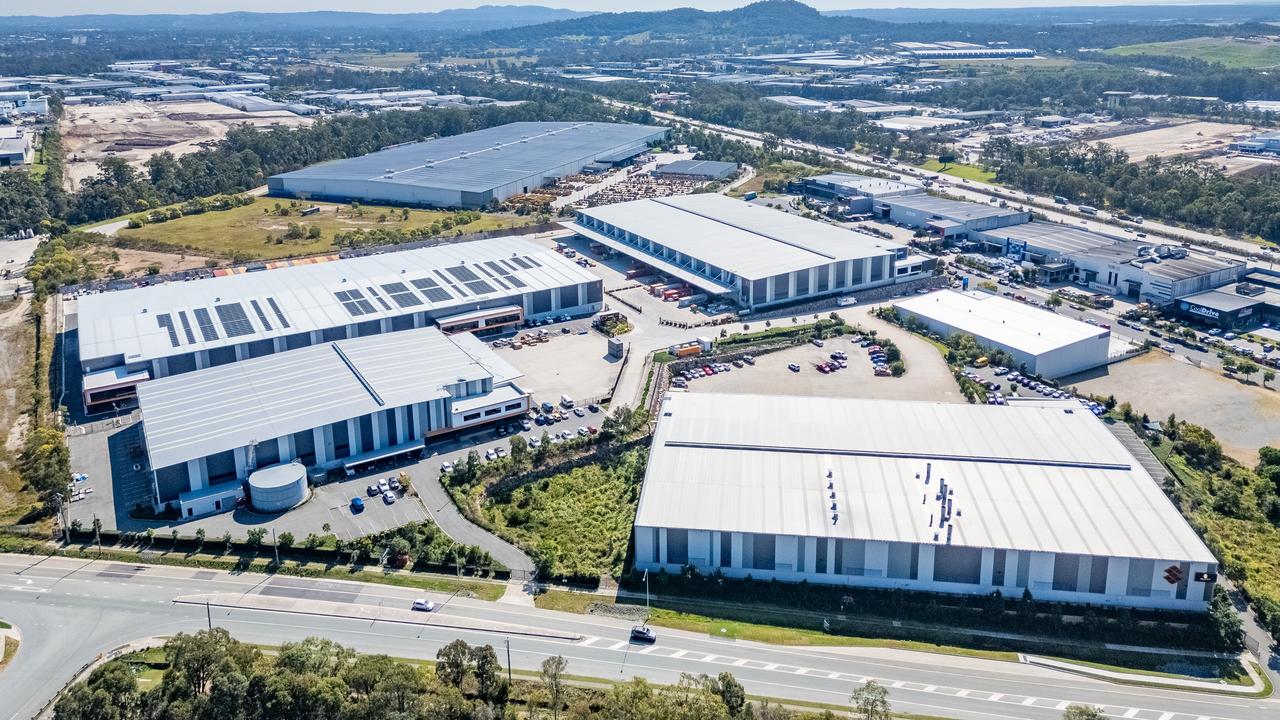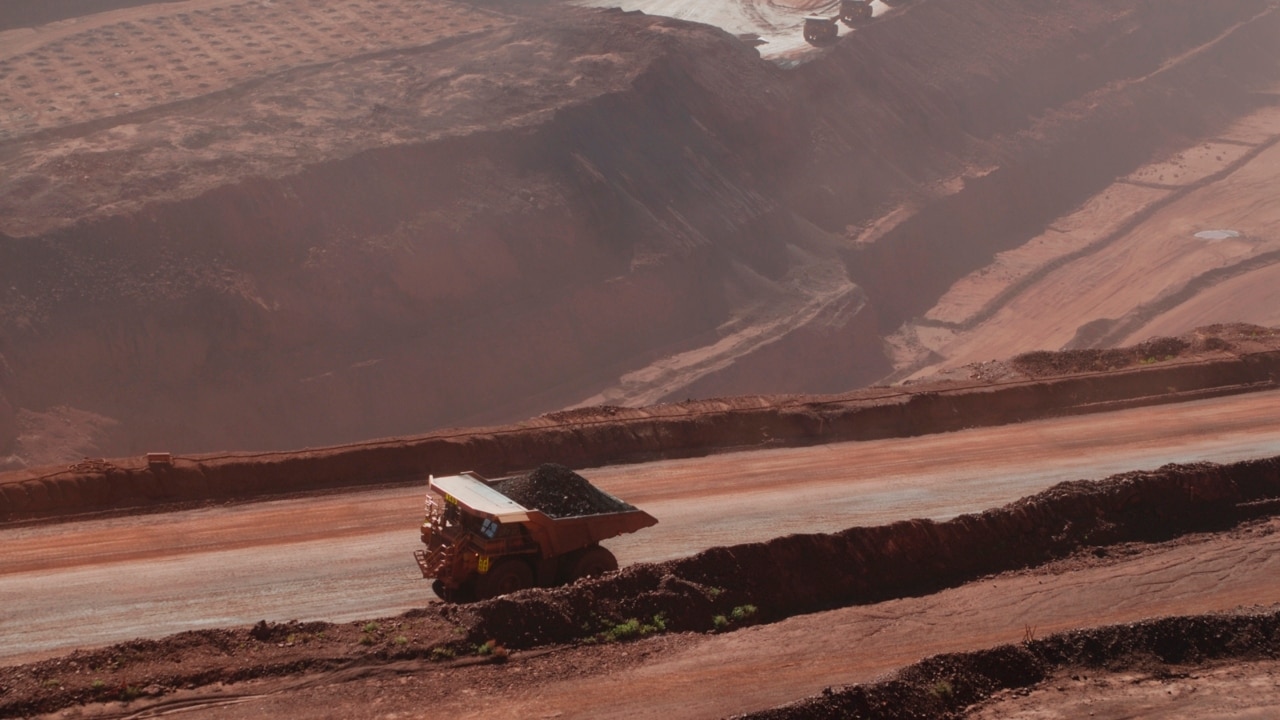
BHP is bidding for Anglo American because it wants greater exposure to copper.
Anglo American plans to build a $US10bn Chilean copper expansion and while BHP still wants to expand copper in South Australia, having a clear Chilean expansion alternative gives it leverage.
Let my break from my commentary to set up this totally theoretical exchange between our Prime Minister and BHP.
PM: “I want you to ‘cop it sweet’ and accept the reality of my industrial relations legislation, and go ahead and spend big sums and make South Australia a great copper province for you and the nation.”
BHP: “Our first priority remains to develop the South Australian copper basin but the industrial relations legislation, as it now stands, makes that development uneconomic. We now have an alternative project in Chile.”
PM: “You’re bluffing!”
BHP (after Anglo acquisition): “Prime Minister we now have a global-scale copper expansion in Chile and we can delay South Australia, albeit very reluctantly, if it’s not economic. We are not bluffing but we do want to do both. If you want Australia to realise its wonderful copper potential please get your industrial relations minister to organise the unions.”
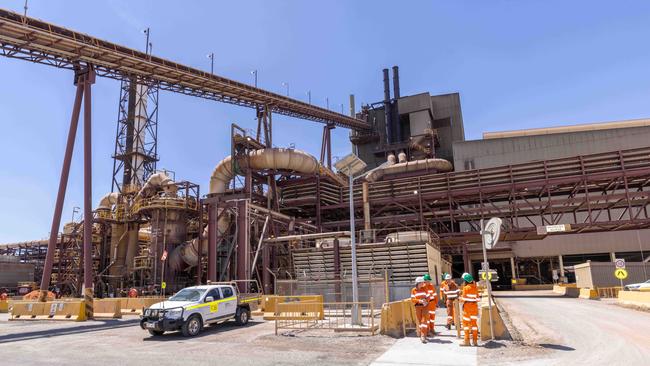
I leave the rest of that conversation to your imagination and return to my commentary.
Australia leads the world in mining, and we have an opportunity to continue that lead, but we have elected a government in Canberra that has not always understood what happens in the global mining world.
In BHP’s vision of the future, the mining industry will simply not be able to produce enough copper for the envisaged electrification projects, and although the price will boom, only the best projects will be selected for the first round of copper investment.
With the Albanese government threatening the South Australian copper belt economics, naturally BHP began searching the world looking for other copper projects. It found Anglo.
While Anglo adds to BHP’s recourses, what also attracted the Big Australian was the potential expansion in the Anglo copper projects, which Anglo does not have the resources to fund.
Anglo is short of money because it invested heavily in one the world’s largest known deposits of polyhalite. But unlike potash there is no ready market for substantial quantities of polyhalite. Almost certainly BHP will review that project. A tonne of potash from Canada contains four times more potash than polyhalite.
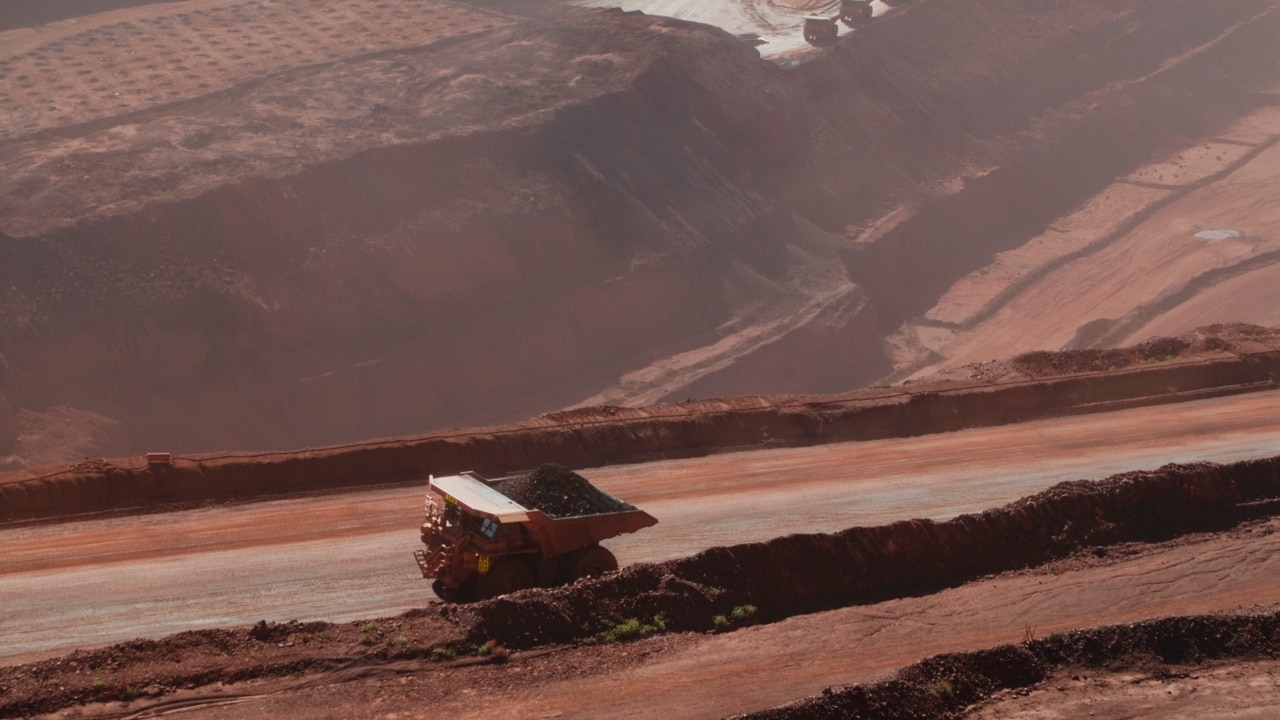
The bonus for BHP is that Anglo’s investment in polyhalite prevented the company from expanding its copper and therefore depressed the share price, enabling BHP to launch a bid.
Currently, the Australian industrial relations legislation makes it highly likely that high-cost legacy work practices which are still operating in small parts BHP’s iron ore mines will spread not only to the current iron ore operations but other mining ventures that BHP may pursue in Australia, including underground mining in South Australia.
In copper, BHP’s current $US10bn-plus project turns the South Australian copper belt into a massive mining and treatment plant complex.
With Anglo it gets a $US10bn long-term expansion project in Chile, which means the government and the unions cannot hold BHP to work practice ransom because BHP can postpone big parts of South Australian in favour of Chile.
But BHP does not want to chose. It wants to do both.
If the government really wants to boost South Australian copper it should allow BHP to use nuclear power, which is far cheaper then current SA alternatives.
BHP’s Canadian project is already set to benefit substantially from the low-cost nuclear power and BHP obviously wants same benefit in Australia. But sadly, Canberra does not know how to do the nuclear cost calculations correctly so it misleads the Australian community.
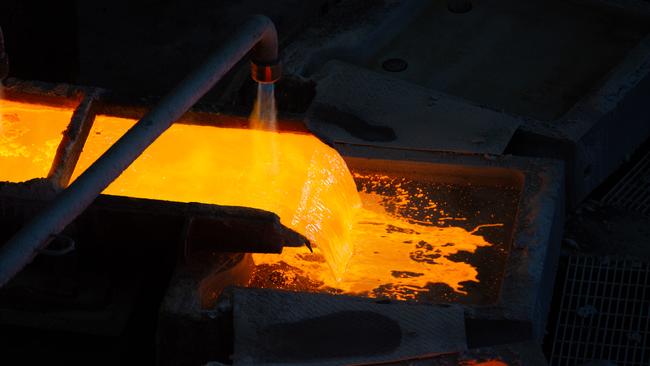
BHP’s current major overseas copper projects are in partnership with Rio. At Escondida in Chile, Rio Tinto has a minority interest, while in the US Resolution mine Rio Tinto has the controlling stake.
BHP decided that South Australia would be a major global copper operation so it added OZ Minerals to its operations.
With the OZ Minerals, BHP is or is currently set to produce about 300,000 tonnes of copper in South Australia. Stage one of the increased output plan would take it to 500,000 tonnes and include a substantial new smelter.
Anglo’s Chilean mines currently also produce about 500,000 tonnes. As is often the case in mining projects, the Anglo Chilean copper expansion is not all smooth sailing and it will have its own set of problems to overcome. But there is great goodwill in Chile which wants to the major beneficiary of the copper boom.
In addition, new technology is improving the mining economics of Chilean copper and, currently in Escondida, Rio’s so-called Nuton bacteria-based heap leaching technology is being tested.
BHP believes if it acquires Anglo the copper talent in the company will enable it undertake both South Australian and Chilean projects making BHP one of the world’s biggest beneficiaries of the copper boom, although Rio Tinto is not far behind.
BHP directors will be aware of their company’s history, such as years ago when it took on too many projects at once. If the Anglo American deal goes through, BHP could have three major projects at once, which carries risk.
BHP therefore must be right in its assessment that the talent it acquires with Anglo will enable it to manage the projects.







